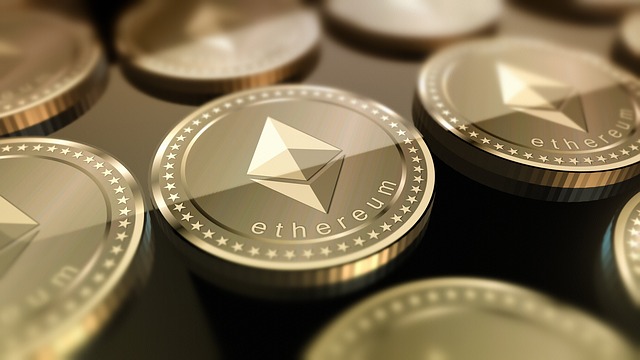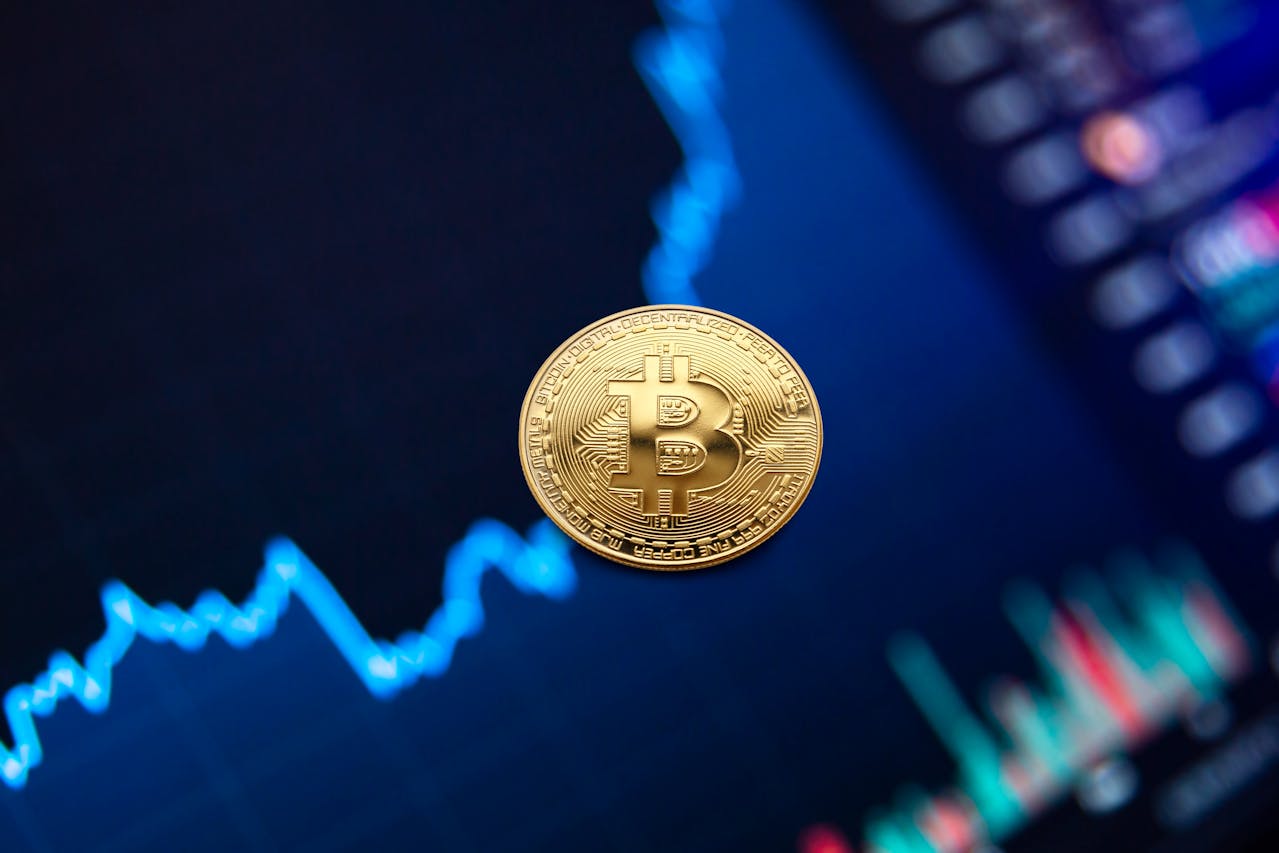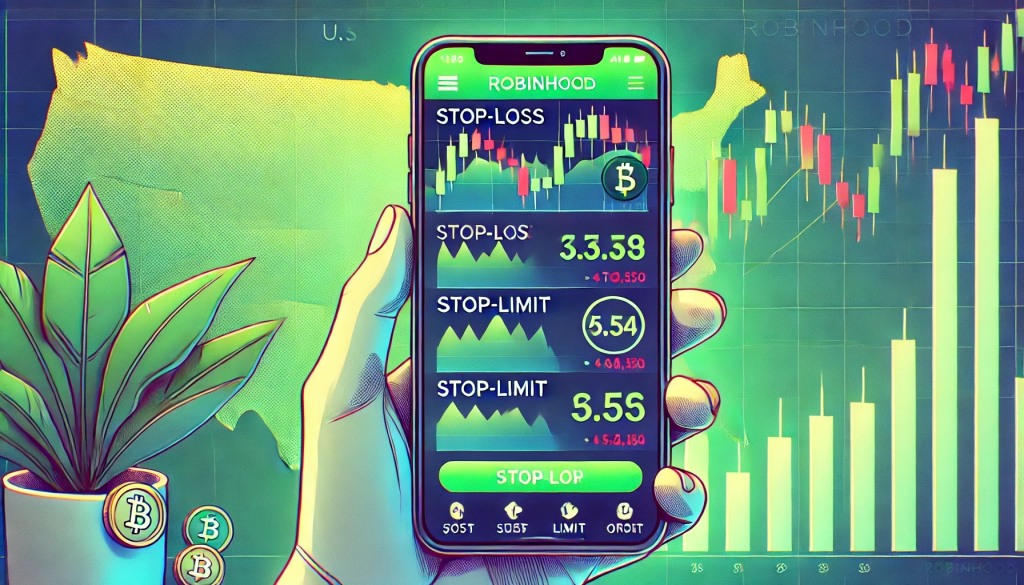Transaction fees on the Ethereum network have been on the rise lately. In fact, fees on the network rose above the Bitcoin fee, the second time in the past three months, and are now at their highest in two years, according to Cointelegraph.
The trend was also observed by Coinbase researcher Max Bronstein. In a Twitter post, he uploaded a chart showing the rising Ethereum transaction fee and explained that the surge is largely in part to the surge in stablecoin transactions in the network.
“Dollar milkshake theory in action on Ethereum,” Bronstein captioned his tweet. “Stablecoin flows have pushed on-chain fees above Bitcoin's. More proof that crypto as a technology is innovating across the capital markets stack.”
Transactions of Tether’s USDT stablecoin account for a large chunk of the network’s transaction fees, which is also referred to as Ether gas fees. Last month along, the network earned $2.56 million in fees from USDT transactions.
While USDT activity is the biggest gas spender on the Ethereum network, data from ETH Gas Station reveal that popular DeFi dapps such as Kyber Network and Uniswap also contributed significantly. DeFi is an abbreviation of “decentralized finance” and refers to smart contracts, protocols, digital assets, decentralized applications (DApps) built on the Ethereum network
In May, gas usage rose to an all-time high but the number of transactions on the network but the number of transactions did not rise to an all-time high for the same period. This suggests that aside from simple transactions such as USDT transfers, activity on the network also includes complex smart contracts. This activity from DeFi must be factored in when analyzing gas fees increases.
The increase in Ethereum fees suggests a growing interest in network activity. But the rise in Ether interactions and dapps running on the network could highlight the network’s technical issues such as its scalability.
Fortunately, Ethereum 2.0 is set for release this summer and, with its sharding technology, will solve the current issues of scalability. The problem is that complete migration to the new sharding and staking system might take more than a year to complete.
This could negatively affect the network as these scalability issues could drive potential users away. “Median txn fees on ethereum at a nearly 2-year high,” Blocktown Capital managing partner Joseph Todaro tweeted. “If fees move higher or even maintain this level, I expect $ETH competitors focused on scalability to see increased attention.”


























Comment 2